Resources
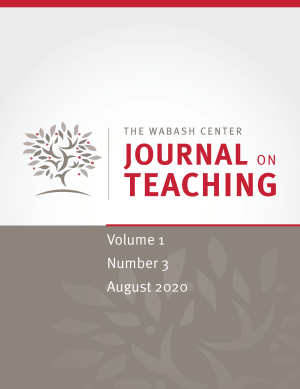
This is an annotated lesson plan for a class discussion and activity about Paul’s letters to the Galatians and Romans in an “Introduction to the New Testament” undergraduate course. The primary aim of this lesson plan is to help students develop a vocabulary to discuss ethnicity and belonging. In the first part of the activity, students closely read Galatians and Romans and were able to articulate how Paul differentiates between Jews and Gentiles, and further, how their differences are important for how each group achieves the crucial status of righteousness. In the second part, students drew comparisons between Paul’s seemingly universalizing statement in Galatians 3:26-29 and contemporary political discourses that employ universalizing/particularizing dichotomies. Specifically, they analyzed the #AllLivesMatter response to #BlackLivesMatter and how Paul might respond to both.
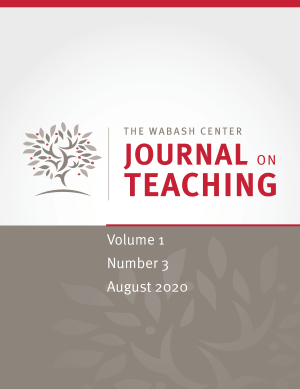
After the 2016 elections, students at Macalester College, a small private liberal arts college in Saint Paul, Minnesota, encouraged the faculty and staff to combat hate, sexism, racism, anti-Semitism, and white supremacy in and out of the classroom. These students inspired me to reconsider the way that I taught my introductory New Testament course. In this essay, I present the process by which I redesigned the course to explore not only the historical context of the New Testament texts but also our present political context and the ways it shapes biblical interpretation. The redesigned syllabus includes scholarship representative of the feminist, post-colonial, African American, Latinx, Asian-American, Jewish, queer, and other liberationist and identity-based approaches to the study of the New Testament.
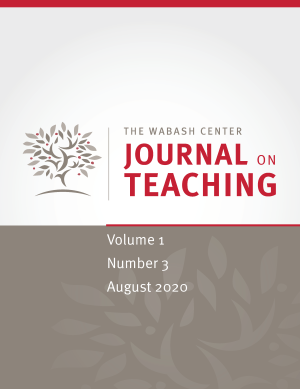
Professors have an obligation to respond in real time to politically charged events in society, whether they are in the news or in our students' lives on campus (or both). So how do we do that without replicating our own biases and/or confirming our students’ worst stereotypes of us as teachers? In a Twitter thread, with research h-based supporting materials, I discuss the reasons why we should engage our students in conversations about politically-charged events and some of the best practices that I have discovered for doing it. I apply my practices to four complex, controversial current events: national anthem protests at sporting events, the Indigenous Peoples' March confrontation, and a racist incident on my own campus.
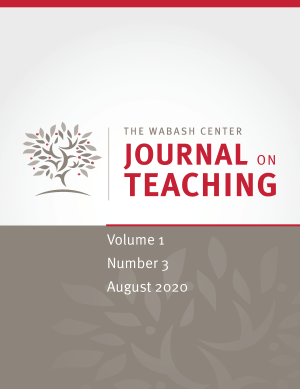
Teaching the historical study of the New Testament and early Christianity at the University of Tennessee requires creativity, confidence, and compassion. The forty-person upper-level “Introduction to the New Testament” course that I teach every year is my most challenging and most pedagogically interesting class, and also the most rewarding. My goal in this class is to make space for a variety of responses to the material while teaching the context and history of the New Testament texts as well as how to think critically about the politics of their interpretation. The challenge is to take the diverse passions that my students bring to the class and help them all to engage together critically with both the historical study of early Christianity and the politics of its interpretation that are so visible in the world around them.
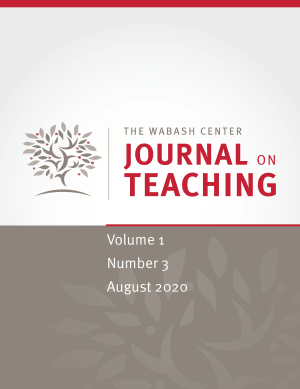
In this conversation, the Reverend Dr. Shanell Smith shares her strategies for incorporating politics into the classroom via an explicitly politicizing technique, “Keepin’ it Real.” She discusses the process of considering what to include and how to include it (and why we must!), and offers a window into how it might look in the classroom, using examples from a class on Mary that she teaches in an online seminary setting. Smith emphasizes the importance of modeling personalized scholarly inquiry for our students, including and especially the openness and vulnerability that make our scholarship matter both to us and to the world we share.
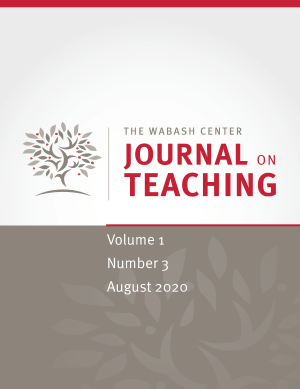
Shawkat M. Toorawa serves as Professor of Arabic Literature and Chair of the Department of Near Eastern Languages and Civilizations at Yale University. In this conversation he reflects on his decades-long experience as a teacher and administrator in the U.S. and abroad; the role of politics in classroom and curriculum; and the impact of race, religion, and international crisis on pedagogical engagement.
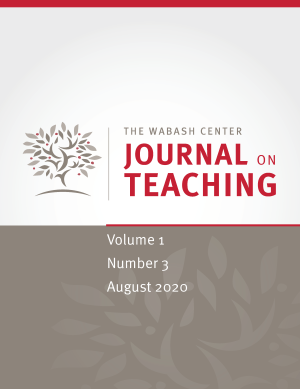
Once we acknowledge that we cannot escape politics in the classroom, it is imperative that we, as instructors, adapt our pedagogy accordingly, with the knowledge that our choices in the classroom will replicate, reinforce, or resist the political status quo. The political embeddedness of religion makes this all the more urgent for instructors of Religious Studies, as we attempt to guide students through explorations of communities, identities, histories, ideologies, and representations of human experience which all have political implications in the present. This article delineates several parameters for crafting our pedagogical initiatives, offering classroom climate considerations to keep in mind while we establish our own best practices. It then offers several suggestions—structural, instructor-focused, and student-focused—of best practices to implement in the Religious Studies classroom so as to achieve optimal learning outcomes for all of our students. Key among our conclusions is that inclusive pedagogy is effective pedagogy in Religious Studies.
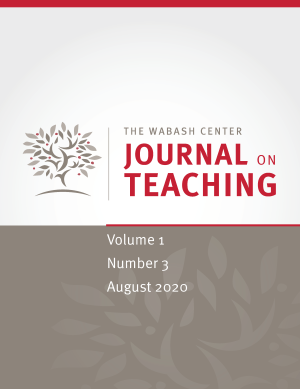
Debate about whether the academy functions to indoctrinate students in a liberal agenda frequently presumes a conception of political identity as binary, discrete, or mappable along a single spectrum, and as doxastic, in that it is reducible to one’s professed beliefs. Such an assumption, however, ignores the ways in which power dynamics and hierarchies that exist outside the classroom also operate within it. We propose here that the critical examination of positionality within the classroom, and of how classroom activities can contest, reinforce, and reconfigure such power dynamics, offers an alternative way of conceiving the political. We argue that the methods and literature from the academic study of religion offers a particular contribution to make in such a project.
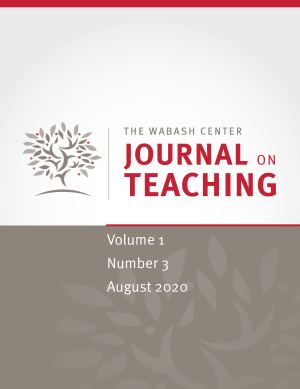
We argue that Civic Engagement is fundamental to the stated work of the university, the humanities, and the project of religious studies. We trace the historical connections between Civic Engagement and higher education in the American context to the present, highlighting a consistency of focus on Civic Engagement across diverse university contexts even as educational priorities and instantiations shift. We then explore the particular role of Civic Engagement in Religious Studies pedagogy. We contend that being explicit about integrating Civic Engagement in the religion classroom enhances our students’ ability to understand complex concepts in late antique religion and underscores for them how relevant the study of late ancient religion is to students’ lives today. We offer three ways that instructors in Religious Studies can incorporate Civic Engagement into their classes: cultivating naming practices, focusing pedagogical exercises on honing students’ Civic Engagement skills, and, where practicable, engaging in community-based learning.
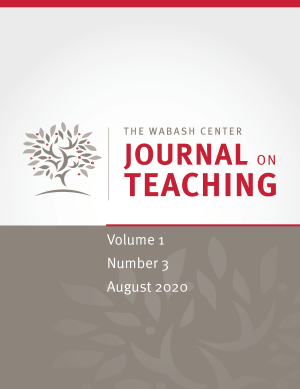
The introductory essay serves to situate this special issue in its original context: a workshop on "Politics, Pedagogy, and the Profession," hosted in November 2017 at Harvard Divinity School's Center for the Study of World Religions for graduate students and teachers of pre-modernity. The workshop marked the beginning of a collaborative project, whose products thus far include, inter alia, a shared database of pedagogical resources, conference sessions to extend discussions of teaching politically-charged subjects to a wider audience, and the contributions to the issue at hand. The introductory essay provides readers with background information concerning the project's aims and initial findings, including a discussion of instructors' motivations for addressing contemporary political considerations; the risks and rewards teaching politically-charged topics; and the institutional and disciplinary resources available to instructors. The essay also provides an introductory preview of the articles gathered in this special issue.